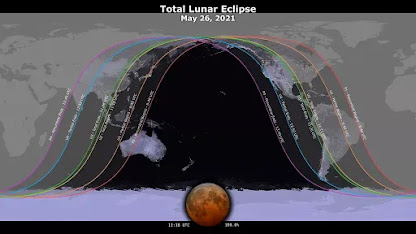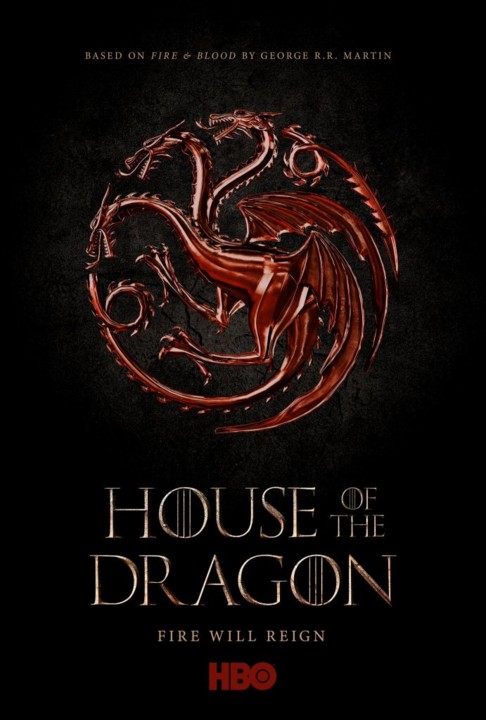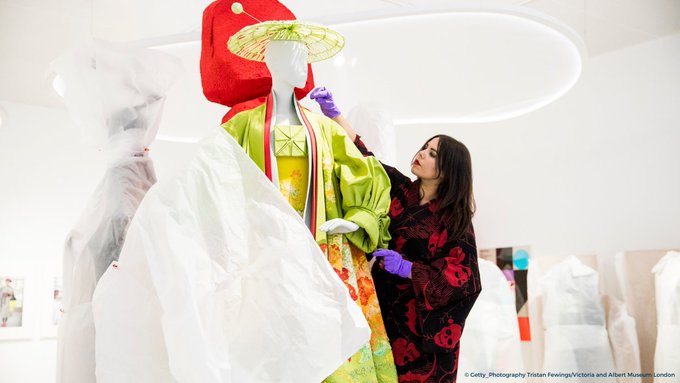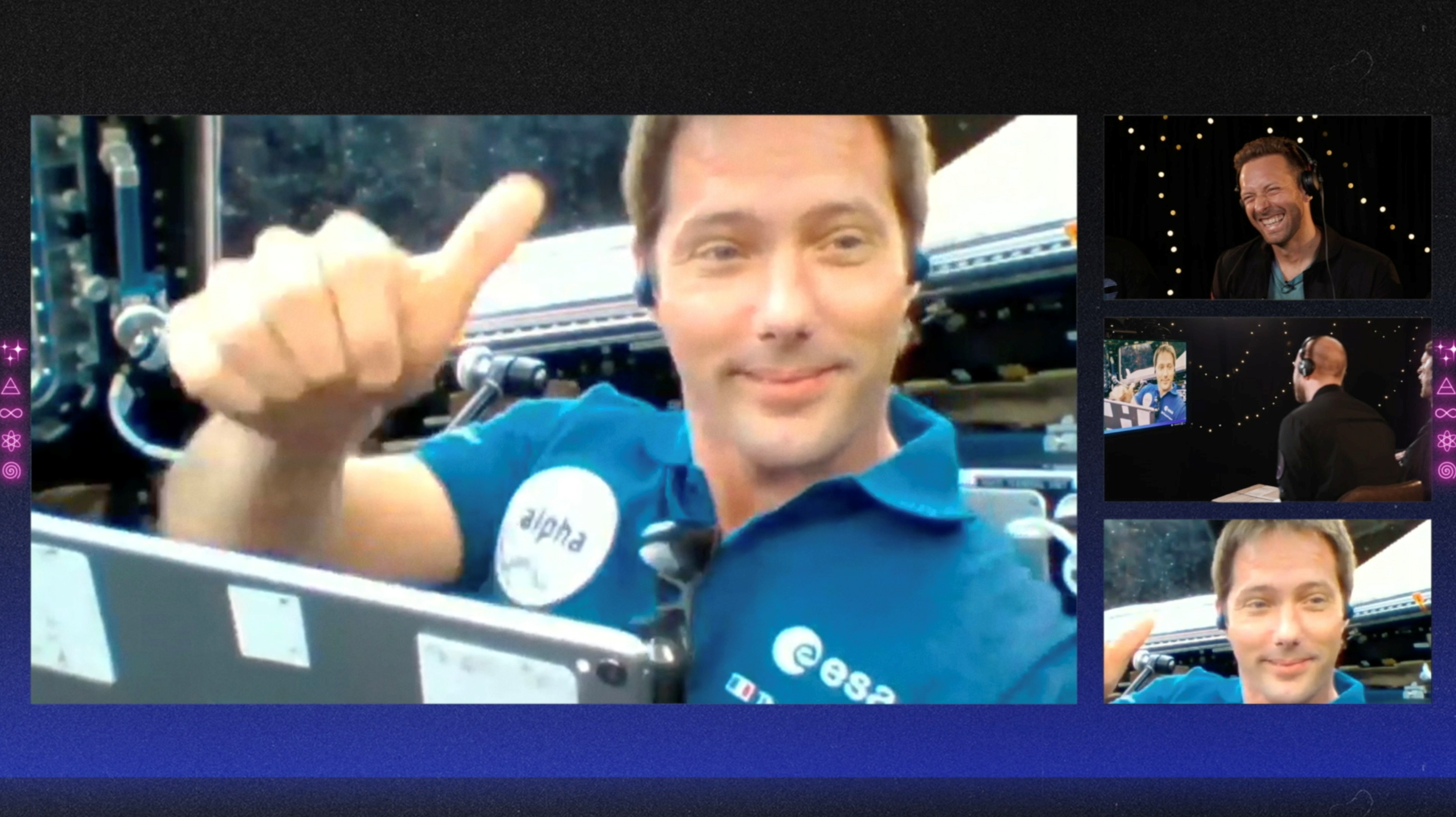The first total lunar eclipse in more than two years coincides with a supermoon this week, on Wednesday, May 26, for quite a cosmic show.
This full Moon will be the closest full Moon of the year, making it the second of two supermoons—don’t miss it! And it will be the first total eclipse since January 2019. The eclipse will occur as the Moon gets closer to the Earth during its orbit.
Compared to other Full Moons in 2021, the Flower Moon will have the nearest approach to Earth, making it appear as the closet and largest Full Moon of the year.
Plus, it will coincide with a total lunar eclipse in some areas. Here’s everything you should know, including how it came to be called the Flower Moon, says Farmer's Almanac.
This super “blood” moon will be visible on Wednesday across the Pacific – offering the best viewing – as well as the western half of North America, the bottom of South America and eastern Asia.
“Hawaii has the best seat in the house and then short of that will be California and the Pacific north-west,” said Nasa’s Noah Petro, the project scientist for the Lunar Reconnaissance Orbiter. New Zealand and Australia also will have prime viewing.
Why it called the Flower Moon?
The full Moon names used by The Old Farmer’s Almanac come from a number of places, including Native American, Colonial American, and European sources. Traditionally, each full Moon name was applied to the entire lunar month in which it occurred, not solely to the full Moon.
"May’s Flower Moon name should be no surprise; flowers spring forth across North America in abundance this month!"
But if you hear anyone calling this a super blood moon, that’s because the moon will also line up in its closest approach to our planet, an event some call a supermoon.
If you live in a country where the cosmic show isn't visible, visit Virtual Telescope live streaming.
Education:
Lunar eclipses occur when our planet comes between its two major heavenly companions, the sun and moon. Moonglow is actually reflected sunlight and so the lunar surface gradually darkens as the moon falls into Earth’s long shadow.
The total eclipse will last about 15 minutes as Earth passes directly between the moon and the sun. But the entire show will last five hours, as Earth’s shadow gradually covers the moon, then starts to ebb. The reddish-orange color is the result of all the sunrises and sunsets in Earth’s atmosphere projected on to the surface of the eclipsed moon.
The next total lunar eclipse will be May 2022.
“It’s quite a spectacle to behold,” said Madhulika Guhathakurta, an astrophysicist at NASA’s Goddard Spaceflight Center in Greenbelt, Md.
Teacher may visit NASA : How to Watch a Total Lunar Eclipse and Get Students Observing the Moon
There’s no better time to learn about the Moon than during a lunar eclipse. Here’s how to get students watching and exploring more.
You might read my post of the last total eclipse 2019: Science : Super Blood Wolf Moon Eclipse ? Wow ! Let's talk!
There are some interesting pedagogical resources to include into your in-person lesson.
A full moon is always a good reason to go outside and look up, but a total or partial lunar eclipse is an awe-inspiring sight that gives students a great opportunity to engage in practical sky watching.
“Tonight I’ll be looking at the blood moon and maybe I’ll think of you. But maybe I won’t and I probably won’t, but I guess that’s a chance you had to take.”
G-Souto
25.05.2025
Copyright © 2021-Souto'sBlog, gsouto-digitalteacher.blogspot.com®
Science : Super Blood & Total Lunar Eclipse ? Wow ! Let's enjoy the cosmic show ! by G-Souto is licensed under a Creative Commons Attribution-NonCommercial-NoDerivatives 4.0 International License.
sources: NASA/ Farmer's Almanac










.jpg?format=pjpg&auto=webp&optimize=high)












